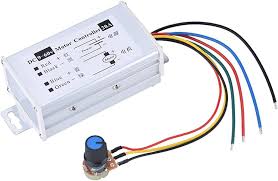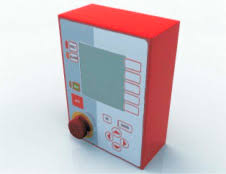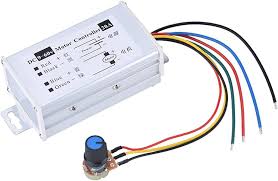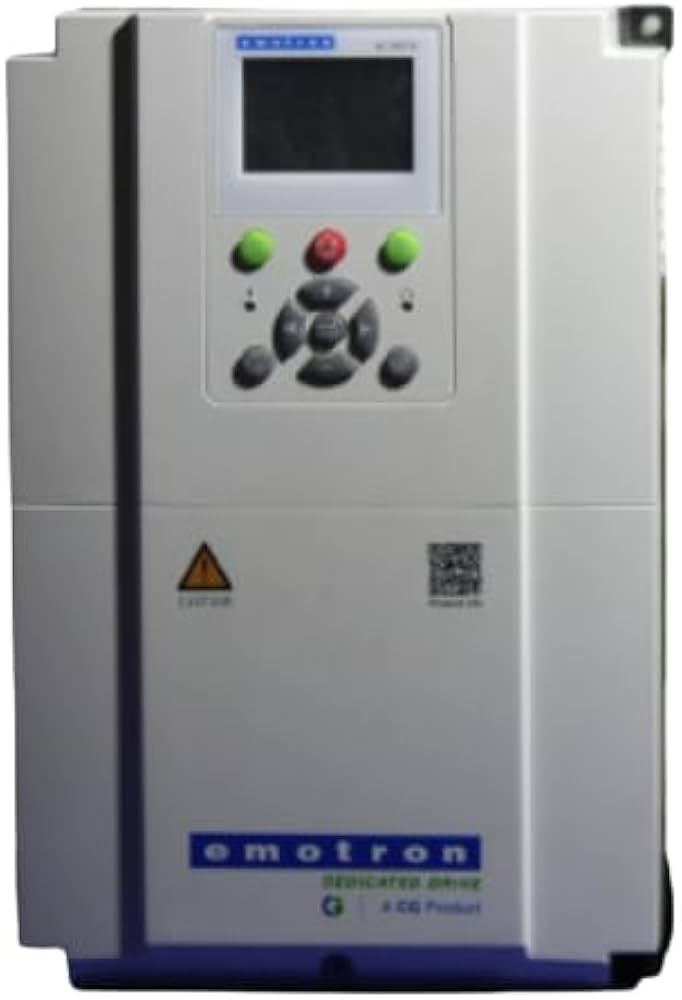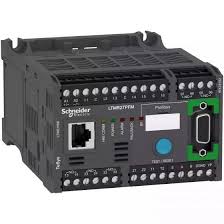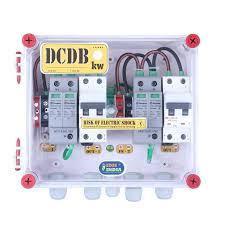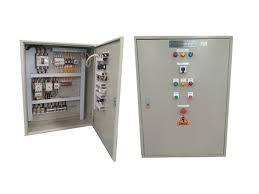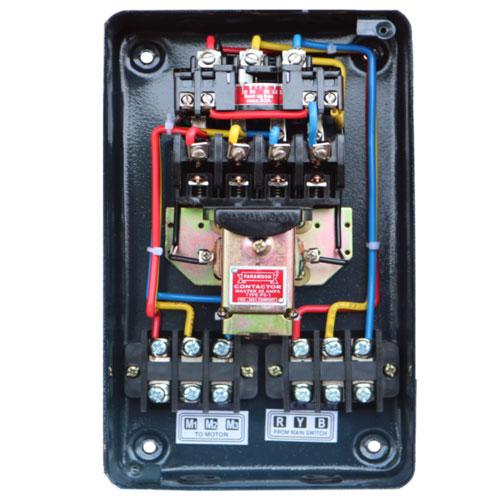Description
Product details
Motor controllers are designed to receive input signals, process them, and then generate appropriate output signals to control the motor's behavior. The input signals might come from user interfaces, sensors, microcontrollers, or other control systems. The controller provides the necessary regulation and protection to ensure optimal performance and longevity of the motor. In the case of DC motors, a controller allows precise control over speed, direction, and torque, making it indispensable for most applications. The working principle of a controller revolves around monitoring a system’s output, comparing it with a desired value (called the setpoint), and then adjusting the inputs to minimize the difference (called the error). This is a core concept in control systems engineering. Here’s a simplified breakdown of how a controller works: Control Loop Process: Setpoint (Reference Input): The desired value you want the system to maintain (e.g., 25°C in a thermostat system). Sensor/Measurement: Measures the actual output of the system (e.g., current room temperature). Error Calculation: Error = Setpoint − Measured Output This tells the controller how far off the system is. Controller Action: Based on the error, the controller decides how to adjust the input to reduce the error. This action can be: Proportional (P) – Reacts to the size of the error. Integral (I) – Reacts to the accumulation of past errors. Derivative (D) – Reacts to the rate of change of the error. Control Output (Actuator): The controller sends a signal to an actuator (e.g., heating element, motor, valve) to influence the system. Process/System Response: The system responds to the controller’s action, and the output changes. Feedback Loop: The sensor reads the new output, and the loop continues to adjust in real-time. ⚙️ Types of Controllers: On-Off Controller: Simplest; turns on or off depending on the error sign. Proportional Controller (P): Output is proportional to error. PI, PD, PID Controllers: More advanced, combining proportional, integral, and derivative actions for precise control.


